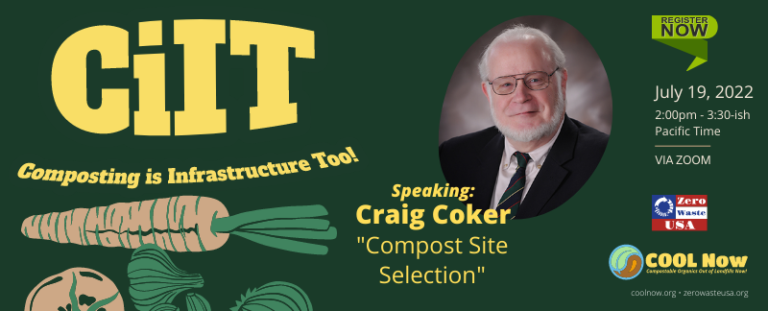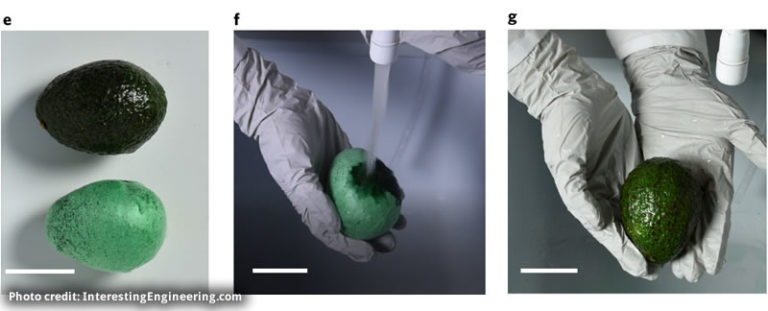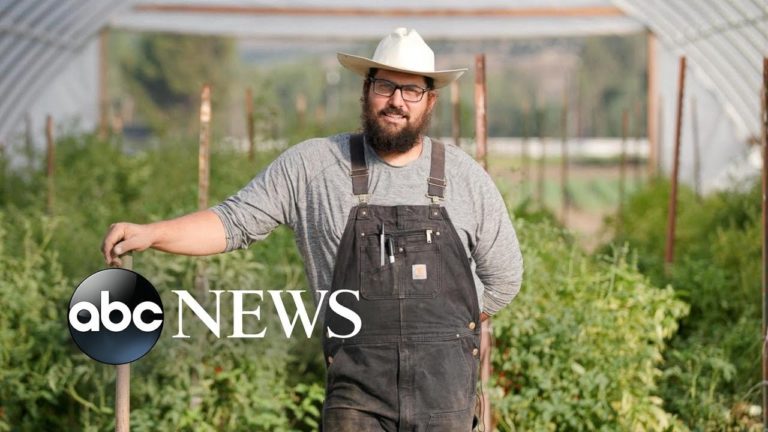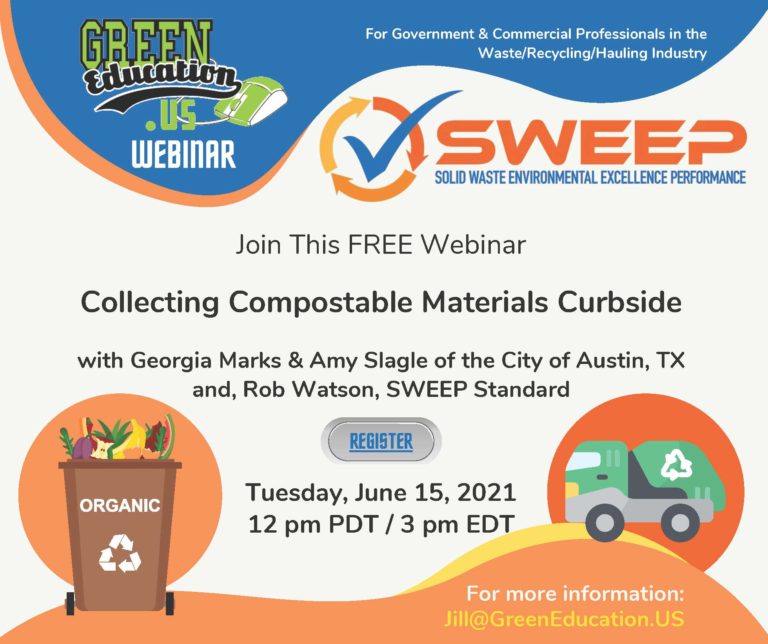Alchemy on the Plains…
Cascading benefits from a Homegrown Food Waste Composting System Join Stan Slaughter from Missouri Organics as he talks about his experience remanaging organics out of landfills on a regional scale. Learn how you can apply similar methods to your own town or region while taking advantage of funding from the bipartisan infrastructure act to make…







